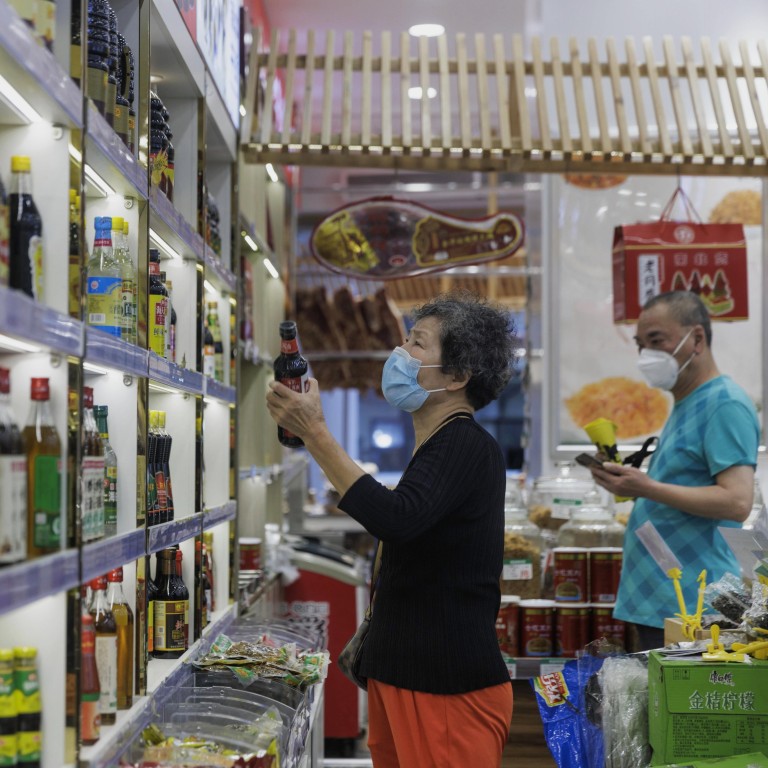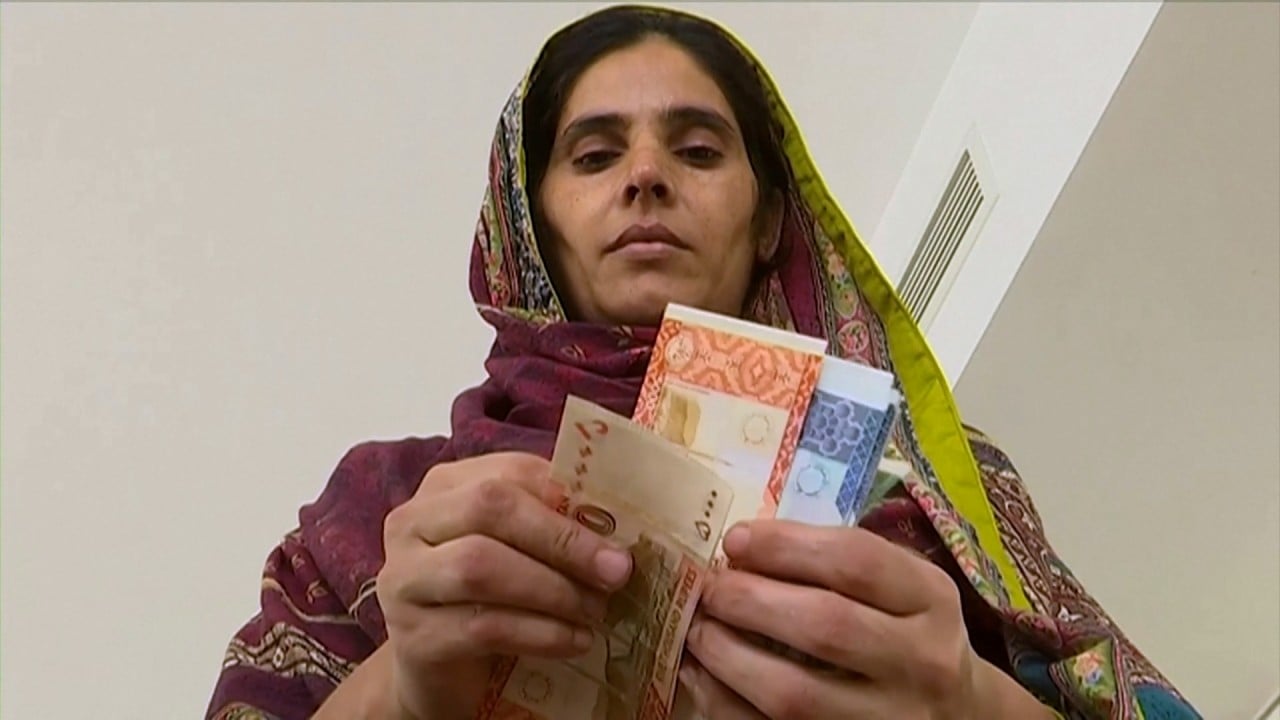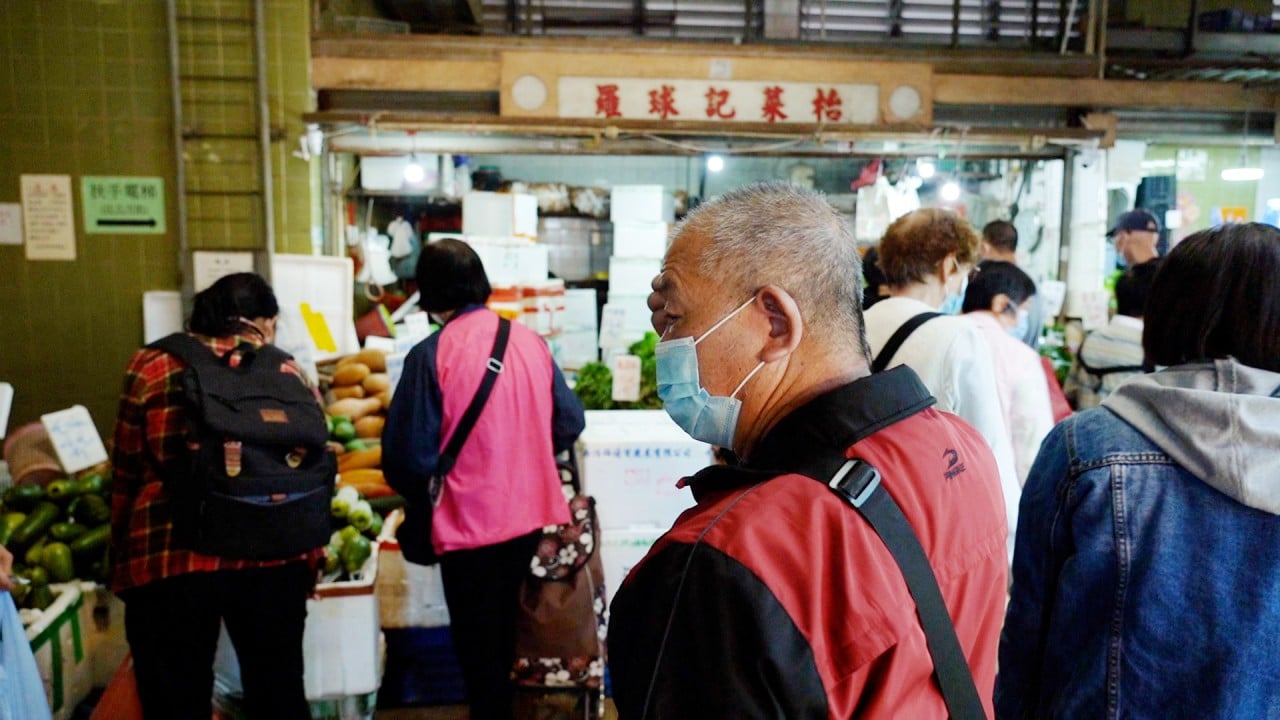
Explainer | Why is China’s inflation rate low compared to the US, Europe and Britain?
- Global inflation is soaring, reaching a 40-year high in the US, thanks to sky-high food and energy prices that have been exacerbated by the war in Ukraine
- But China’s inflation rate has been relatively low, due to its limited stimulus during the pandemic and the weighting of goods and services in its CPI basket
China’s benign inflation readings are in marked contrast to many advanced economies, giving the country space for more monetary loosening while the United States, the European Union and Britain hike rates.
In comparison, inflation hit at a four-decade high of 8.6 per cent in the US and 8.1 per cent in the Eurozone last month. It surged to 9 per cent in Britain in April.
The war in Ukraine has disrupted global markets for commodities, energy, fertilizers and grains, with the World Bank warning the conflict is set to cause the largest commodity price shock in five decades. China is largely self-sufficient in food, but it is alert to imported inflation due to surging global prices for energy and raw materials.
Why China’s elite graduates are saying goodbye to the dream job
China’s core CPI, which excludes the volatile prices of food and energy, rose by 0.9 per cent year on year last month, unchanged from April. Headline inflation for the first five months grew by 1.5 per cent, comfortably below the government’s full-year maximum of 3 per cent.
The producer price index (PPI), which measures the prices for products as they leave factories, rose by 6.4 per cent in May, down from a peak of 13.5 per cent in October 2021.
Why is China’s inflation rate lower than in Western countries?
But part of the reason also comes down to the weighting of goods and services that make up China’s CPI basket.
While China gives more weight to clothes and food, which fits its status as an upper middle-income country, the US places more emphasis on shelter and transport, both of which are easily affected by global energy prices and domestic monetary conditions.
Authorities have not disclosed the weighting of China’s CPI basket, which was changed in 2021. However, Huang Wentao, an analyst with China Securities Co, estimated the weighting for food increased to 18.4 per cent, versus 7.8 per cent in the US.
For clothing, China’s weight is 6.2 per cent versus 2.8 per cent in the US, according to Huang.
Rent accounted for 16.2 per cent, about half the US weighting at 32 per cent, while transport was 10.1 per cent in China, lower than 15.1 per cent in the US, he said.
In addition, the US economy relies heavily on imports of consumer products, whereas China’s massive industrial capability means it has more room to deal with the price hikes for global commodities.
Why have China’s rising producer prices not fed through to CPI?
PPI and CPI used to have a strong correlation – consumer prices would follow suit if prices for production materials rose or fell. In China’s case, however, the correlation has been weakening in recent years because of hog and grain cycles.
China’s PPI fell 3.7 per cent in May 2020, but grew 13.6 per cent in October last year, while domestic consumer prices remained relatively stable.
“China’s hog cycle makes food prices and industrial product prices divergent,” China Securities Co said in a note in January.
“Other reasons include the fall of downstream demand and the rise of competition.”
China’s lower inflation, some argue, is partly a result of plunging domestic demand caused by Beijing’s zero-Covid policy, which has been used to contain the highly contagious Omicron variant since March.
Pork prices have played a big role in consumer inflation cycles, with an estimated weight of 2.4 per cent in the CPI basket. Prices for pork, the staple meat on Chinese tables, fell 37 per cent from a year earlier in the first five months of 2022.
Meanwhile, as China is so central to global manufacturing – particularly after overseas capacity was hit by the pandemic in 2020 – rising production costs have been mostly absorbed by overseas buyers or producers.
Will China be able to manage consumer inflation?
Beijing is still on high alert for inflation, as it has been a factor in social instability in the past.
The central bank governor Yi Gang said in April the primary objective of China’s monetary policy is to stabilise prices and employment.
Inflation also influences the ratio of Chinese household debt to gross domestic product (GDP), which jumped to 61.6 per cent last year from 17.9 per cent in 2008, a situation made worse by the pandemic.
On the ground, ordinary people’s perception of consumer inflation is far larger than what is reflected in official figures. For instance, China’s rising petrol price, influenced by a 68 per cent year on year rise in international crude prices, is forcing many families to switch to public transport or electric vehicles.
The grain price between January and May rose 2.2 per cent from a year earlier, while egg prices rose 6.8 per cent. Edible oil is up 3.7 per cent and vegetables up 8.7 per cent, government data showed.
Ensuring domestic supply of grain and energy is a key task for the government.
Some analysts worry China’s CPI could rise with surging crude oil and grain prices. The World Bank estimated the prices for both Brent crude and wheat would increase by around 40 per cent this year from 2021.
Chinese inflation will be mainly affected by price rises stemming from the Ukraine war, lower external demand and a rebound in the yuan, China International Capital Corporation said in a note on Tuesday.
“Domestically, the upcycle of pork prices and the economic rebound will drive up consumer prices, but the median level may be still benign,” the investment bank said, expecting a full-year rise of around 2.1 per cent, which is still within the government’s tolerance range.



